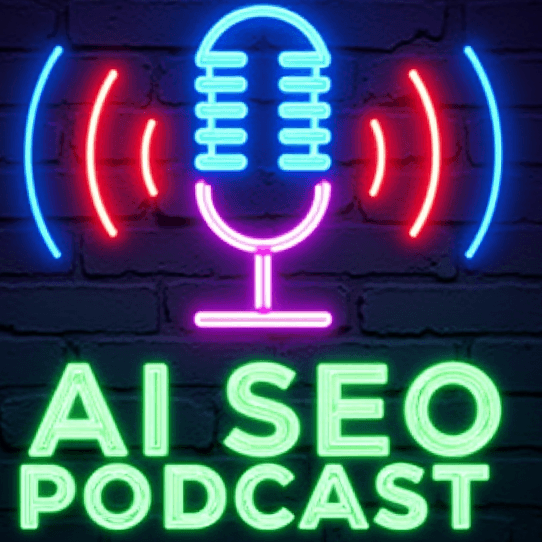
Understanding the Surge of Zero-Click Searches
The digital landscape is evolving rapidly, with a notable increase in zero-click searches that has transformed how users interact with Google. According to data from Similarweb, the proportion of searches that yielded no clicks on search results jumped from a striking 56% to 69% in just over a year. This growth aligns closely with the introduction of Google AI Overviews, which allow users to gather critical information without clicking on any links. For small business owners and marketers, this shift signals a need to adapt strategies to capture audience attention directly within search results.
Embracing AI in Google Ads
Google Ads has recently introduced the AI Max search match type, an innovative feature allowing advertisers to leverage AI for optimized audience targeting. Small businesses can benefit immensely from this technology by enabling more nuanced ad placements based on user intent rather than traditional keywords. Marketers should explore this tool not only to enhance visibility but also to potentially lower advertising costs by improving click-through rates.
Impact of Unverified Ads
In a recent announcement, Google indicated it would cease the serving of message assets for ads linked to unverified phone numbers starting September 1st. This enforcement will affect advertisers who have not taken steps to verify their contact details, thereby reinforcing the importance of maintaining up-to-date information for all advertisement assets. Agencies and small business owners must make it a priority to ensure their advertising profiles remain compliant and verifiable to avoid interruptions.
Emerging AI Features in Search Results
The integration of AI features into Google's search results presents both opportunities and challenges. Notably, over 12% of the 'People Also Ask' panel now incorporates AI Overviews, shifting the traditional approach to content discovery. This means marketers need to focus on creating content that not only answers queries directly but also anticipates related questions that the AI might pull from their articles. By catering to this AI-driven query dynamic, businesses can enhance their visibility in search results significantly.
Local Search Under Experimentation
As Google experiments with adding local panel tab buttons right under the main search bar, businesses must take note. This potential change is geared toward enhancing user access to local services, thus providing a unique opportunity for local businesses to capitalize. Marketers and owners of small enterprises should optimize their listings to take advantage of localized search features, ensuring they are prominently showcased in such expanded search results.
Navigating Workforce Changes in Tech
The recent announcement from Microsoft regarding its layoff of 9,000 employees—a 4% reduction in its workforce—signals a broader trend in the tech industry. As companies aim to streamline operations and integrate AI technologies, agencies and business owners should anticipate competitive hones to service delivery and client engagement. Understanding shifts in workforce dynamics could inform outsourcing decisions and partnership opportunities, allowing small businesses to maintain agility in a fast-evolving market.
Dealing with Google Ads Issues
Google recently confirmed issues with its Ads platform, citing unexpected errors and high latency affecting various advertisers. As a small business or agency, it’s crucial to stay abreast of such developments to strategically adjust campaigns. Leverage tools and analytics to monitor ad performance and pivot quickly to mitigate losses caused by these ongoing technical challenges.
Conclusion: Adapting to Change in Digital Marketing
The recent trends and updates from Google signal a transformative phase in digital marketing fueled by AI. Marketers and small business owners alike must stay informed about these changes and adapt strategies accordingly. By embracing innovative technologies and adjusting approaches to capture zero-click opportunities, businesses can navigate the evolving digital landscape more effectively.
 Add Row
Add Row  Add
Add 




Write A Comment